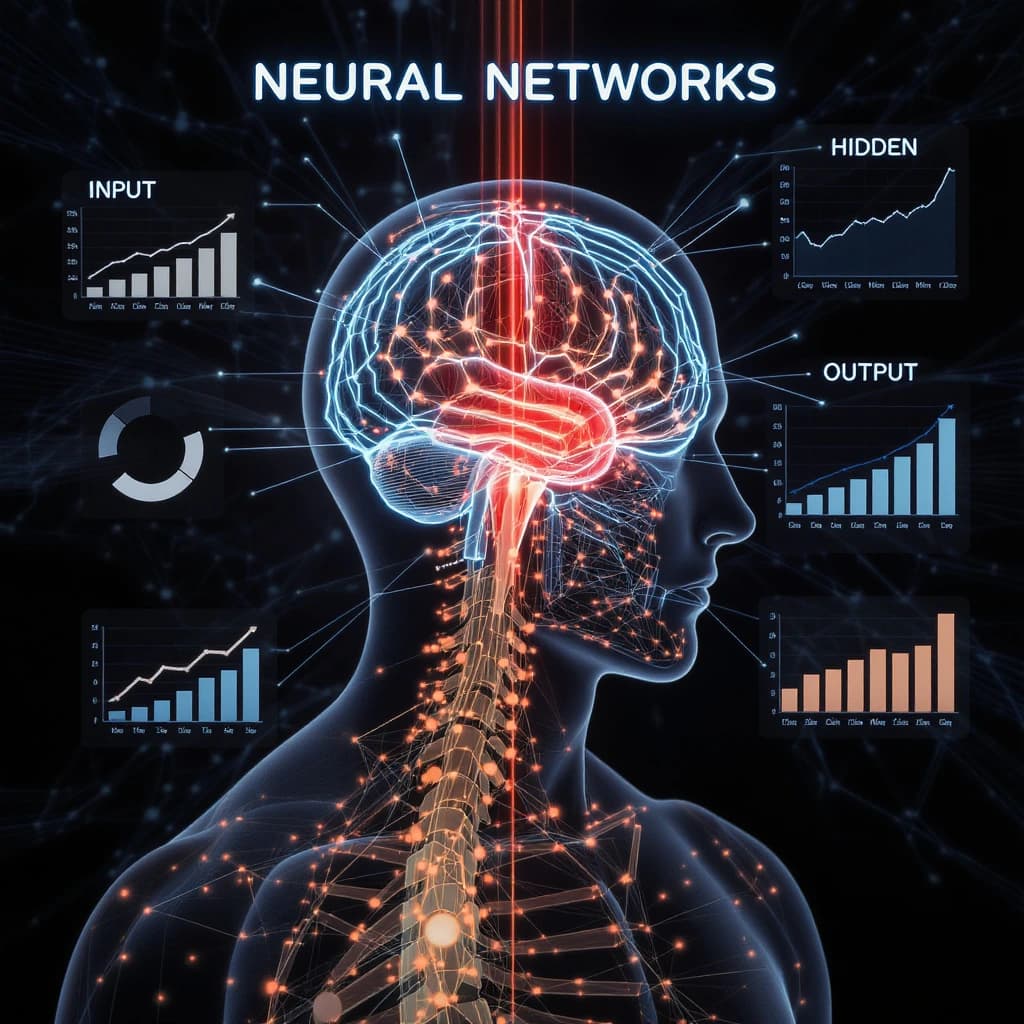Customers leave behind an incomprehensible amount of data while they go about shopping. Making sense of that data and reacting in real-time are the two things that will keep companies one step ahead of their customers (and competition) in the present-day customer-centric world.
Today, the average customer is spoilt for choice. Every time he goes shopping, he expects highly personalized, relevant offers.
One poor interaction with a brand, and poof, the customer's gone, almost certain never to return. Customer retention is turning into customer obsession, and only companies with the ability to paint a highly granular image of their customers will survive.
Marketing teams cannot take 24 hours or more to react; their response to customer needs must be almost instantaneous.
Essentially, a customer journey map is a visual capture of the steps of a customer; not one customer, but a segment tied in because of certain commonalities. But marketing often mistakes customer journey maps for customer journey analytics.
While both have a common goal – knowing your customer to serve him better – the approach they take differs.
In today's era of cut-throat competition, customer journey maps must be measurable and actionable, and not just static charts.
AI In The Customer Experience Equation
Companies need to continuously reinvent themselves vis-à-vis Customer Experience (CX) to understand and serve customers better.
But what's beyond the standard rules-based tools that analyze data from a customer's journey? There are analytics in real-time. Artificial Intelligence (AI), more specifically, machine learning technology, has made it possible not only to test more but to test infinitely faster than traditional methods.
Here's how:
- Real-time customer journey analytics helps CX teams zero in on which of the thousands of customer journeys are most important at that moment
- Using this tech, it's even possible to engage a single customer in his journey while he's undertaking it, through his preferred channel, offering a highly personalized solution
- Unlike traditional tools, machine learning-driven platforms also account for the unpredictable. After all, customers are human; they may or may not follow a set pattern while shopping. When they do something not based on previously exhibited behavior, it does not throw off this kind of sophisticated analytical tool
Today, a customer is never "seen" completely by a marketer, thanks to the many touchpoints and channels offered by digital technology.
What complicates this further is that at any given point in time, there are thousands of customers moving through different paths. In the process, though, they leave behind millions of digital footprints.
By even optimizing traditional tools, it's not possible to obtain a 360-degree view of a customer.
While a human analyst can look at about 20-30 data points to try and figure out what's happening in a customer's mind, machine learning tech can easily look up 10,000 or more, again in real-time.
Some companies have started to deploy machine learning-based platforms to analyze their client data, but these are still human-supervised.
Every new technology comes with its inherent set of challenges. Just what they are to organizations in the US and Europe as part of a recent study by Forrester Consulting, commissioned by DataStax.
Here are some of the findings:
› Most CX decisions are still not driven by real-time data. To engage customers at the moment, companies require data systems that provide insights in real time.
› Customer experience is not truly personalized. Today's personalization efforts are haphazard. Companies rely on segmentation, use single data points, or provide no value when personalizing experiences, thus not doing so effectively.
According to this study, unlike traditional data analytics tools, AI-driven CX data platforms can draw up a holistic view of the customer in real-time, providing insights into every action of the customer. Armed with this, marketers can provide a personalized customer experience across all touchpoints.
Another plus point is that using the results from this technology, marketers can cross-sell a new product or an up-sell into a higher value plan, thus driving up revenue.
Here's a simple illustration of this:
A member of the CX team of a global fashion brand tracks customer Jane Dee, whose penchant for buying black leather jackets has been previously recorded. Her earlier shopping data, like waist size, etc, has also already been recorded. Jane surfaces on Facebook on Friday afternoon, clicking on images of black jackets, clearly signalling her intent. The CX team member now has the option of using any of the available channels at his disposal, such as SMS, to immediately target Jane & alert her to the arrival of a new line of designer black jackets, available for a limited period discount. Target snared, all that he has to do now is reel it in".
Machine Learning & Customer Personalization
Machine learning techniques take the guesswork out of customer engagement. Before launching a new ad, for example, inputs from previous marketing campaigns can be fed in, enabling machine learning algorithms to "learn" from them to forecast the best offer for customers. Further, it allows you to sit back and let your AI-run marketing campaign react to any changes in a customer's behavior, and throw up the appropriate personalized offer. What all this also means is personalization at a new level.
Here's a slightly more complex example of a shoe customer's buying journey:
While seeing a TV ad for the LACE brand of shoes, Alice uses her smartphone to Google search 'branded shoes.' A pop-up leading to a paid link for LACE appears, as well as search results including some product reviews.
Alice does not click on the paid pop-up. Instead, she goes to X's website to read some reviews. While at it, she notices a display ad from a local store but ignores it. One of the reviews contains links to YouTube videos consumers have made about their experience with LACE shoes. When Alice clicks on the YouTube link, she also watches video ads related to LACE that were posted a few months ago.
The next day, while going to work, Alice spies a LACE billboard. Later, she receives an email from the company giving a time-limited offer. To understand other offers out there on LACE, Alice visits the websites of some local stores, including those promoted on the earlier X website, and the one mentioned in the direct mailer. Finally, she has made up her mind and goes to a nearby store, where she tries on the LACE brand shoe and eventually buys it.
So what happened in Alice's case? As soon as she signaled her intent, LACE started promoting its shoes to Alice Jennifer from all channels – paid ads, email, YouTube, and even a billboard. The message was clear – we are here, buy us.
While analyzing Alice's buying journey, the LACE marketing team needs to understand, among other things, just how the combination of ads and offers influenced this consumer, and to what degree.
The topic of real-time customer journey analytics and the fact that companies must start to deploy automated processes that are normally done manually by developing algorithms and software systems has also caught the attention of MIT.
Just how data scientists interact with data and where the bottlenecks lie made a team of MIT researchers set up a project called 'The Human-Data Interaction Project'. The target is a rapid exploration of predictive models, and to actually put them to use by solving real problems in real organizations. These models, said the team, will be simple, and automation will enable even naive users to develop hundreds if not thousands of predictive models within hours—something that, today, takes experts months to do.
Lead researcher Kalyan Veeramachaneni says the answer this research group seeks is – What would it take for businesses to realize the full potential of their data repositories with machine learning? Why does it take a long time to process, analyze, and derive insights from the data?
In conclusion, clearly, AI can remove the unpredictability of consumer behavior. Not only that, using complex prediction models that a human brain is incapable of, machine learning algorithms can offer discounts and other proposals to the relevant customer. All of this ultimately means targeting the right customer, low customer acquisition cost, and higher profitability, eventually. That's what an Enterprise's goal is, right?


